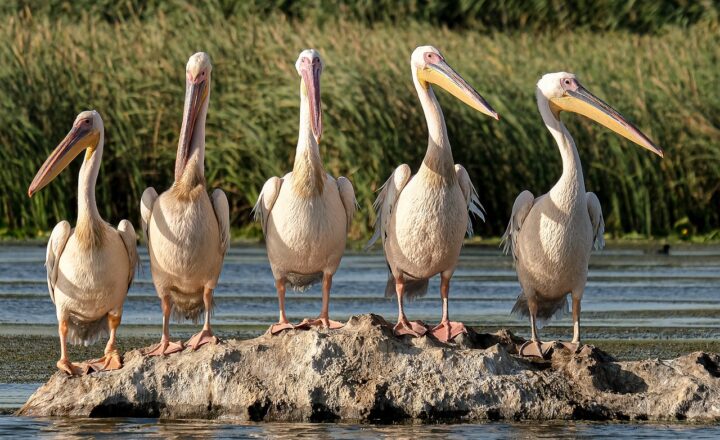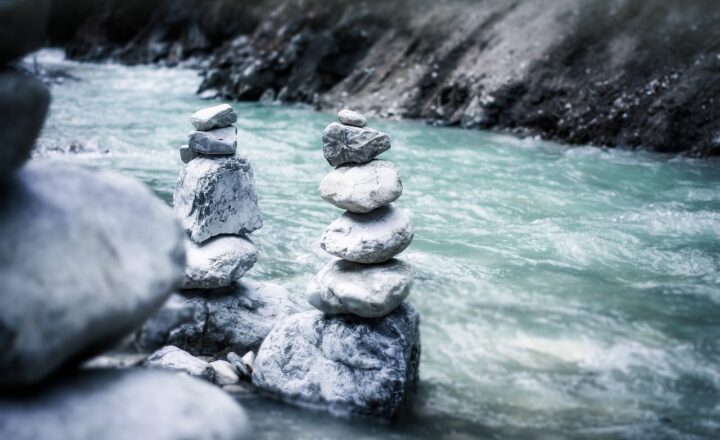Wildlife Wonders: The Surprising Interactions That Make Nature Remarkable
November 19, 2024

Nature has a way of astonishing us with its intricate web of relationships. From the tiniest microorganisms in the soil to the majestic creatures roaming the savannah, the interactions between different species and their environments form a complex tapestry of life. These interactions go beyond mere survival; they foster resilience, beauty, and balance in ecosystems around the globe. In this article, we will uncover some of the most surprising interactions that make nature truly remarkable, exploring how animal behavior, plant life, and ecosystem dynamics contribute to the wonders of wildlife.
1. The Power of Mutualism
Mutualism is a type of symbiotic relationship where both parties benefit. Take, for instance, the fascinating interaction between bees and flowering plants. Bees, attracted by the colorful blossoms, collect nectar and pollen for food. As they flit from flower to flower, they inadvertently pollinate these plants, allowing them to reproduce. This relationship is crucial for the survival of many plants and contributes significantly to global food production.
But mutualism doesn’t stop with insects and plants. Consider oxpeckers and large mammals such as rhinos and buffaloes. These small birds perch on the backs of these hefty animals, feeding on ticks, dead skin, and parasites. In turn, the mammals enjoy a kind of spa treatment, reducing their parasite load. This relationship exemplifies the intricate balances present in nature, showing how even the most unlikely pairings can foster mutual benefits.
2. Predator-Prey Interactions: The Circle of Life
In nature, predator-prey relationships are fundamental to maintaining ecosystem balance. They drive evolutionary changes and influence population dynamics. For example, consider the relationship between wolves and deer in North American forests. Wolves, as apex predators, keep deer populations in check. This, in turn, affects the vegetation, as overgrazing by deer can lead to habitat degradation. With fewer deer, the forest flourishes, providing habitats for numerous other species.
Furthermore, these interactions fuel a constant evolutionary arms race. Deer may develop better camouflage or heightened senses, while wolves may become faster and more strategic in their hunting techniques. Such relationships illustrate how intertwined every organism’s fate is in the grand story of ecological interdependence.
3. The Importance of Keystone Species
Keystone species play crucial roles in maintaining the structure of an ecosystem. Their impact on the environment is disproportionately large relative to their abundance. A classic example is the sea otter in North Pacific coastal ecosystems. Sea otters feed on sea urchins that graze on kelp forests. Without otters, urchin populations would explode, leading to the destruction of kelp beds. Kelp forests, in turn, provide habitat for a myriad of marine species.
The loss of a keystone species like the sea otter can trigger a cascade of ecological degradation, demonstrating the interconnectedness of ocean life. Protecting such species is vital for preserving biodiversity and maintaining ecosystem health.
4. The Role of Decomposers
Often overlooked, decomposers such as fungi and bacteria play a crucial role in ecosystems. These organisms break down dead organic matter, recycling nutrients back into the soil. This process enriches the soil, promoting plant growth and allowing ecosystems to thrive. Without decomposers, ecosystems would be overwhelmed with dead matter and would struggle to sustain plant life.
For instance, when leaves fall in autumn, they become a vital resource for decomposers. As bacteria and fungi break down this material, they release nutrients that support new growth in the spring. By transforming waste into life, decomposers serve as nature’s recyclers, highlighting that even decay contributes to the beauty of ecosystems.
5. Altruism in the Animal Kingdom
While survival of the fittest is often emphasized in nature, numerous animal species exhibit altruistic behavior, demonstrating cooperation and social bonding. For example, dolphins are known for their social structures and group dynamics. They protect injured members of their pod, sometimes supporting them to the surface so they can breathe. This behavior not only showcases empathy but highlights the importance of social bonds for survival.
Another astonishing example of altruism can be seen in meerkats. These social animals take turns standing guard while others forage for food, warning them of potential threats. Their vigilance contributes to the overall survival of the group, emphasizing that cooperation can be just as vital as competition in the animal kingdom.
Conclusion: The Intricacies of Nature
The interactions among species in nature create a wondrous and balanced ecosystem filled with remarkable stories. From mutualism and predation to the roles of keystone species and decomposers, every organism contributes to the others’ existence in some way. Appreciating these relationships helps us recognize the need for conservation efforts to protect wildlife and their habitats. As we learn more about how these connections shape our environment, we foster a deeper respect for the natural world—a world that continues to inspire awe and wonder.
Whether you’re observing the playful antics of otters, marveling at the vibrant colors of flowers, or enjoying the soothing sounds of a forest, remember that every moment in nature is a masterpiece woven by the threads of interaction.








